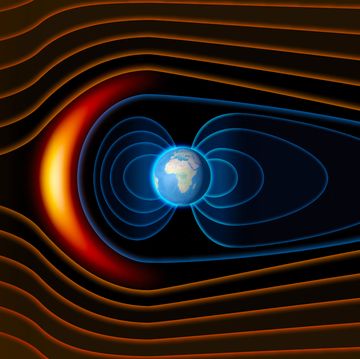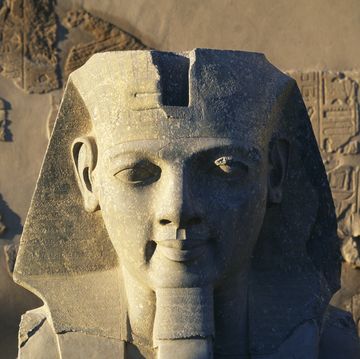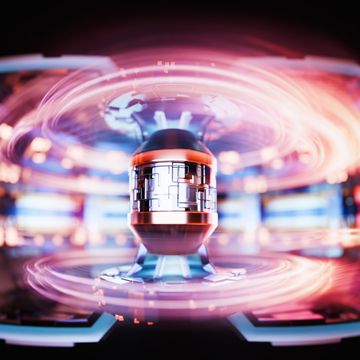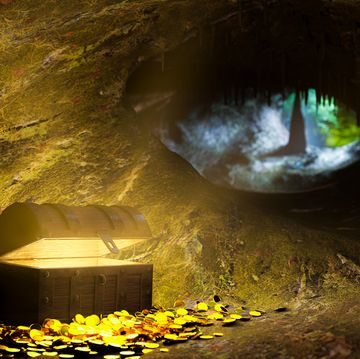- Switching from frequentist to Bayesian calculation may have led to a finer Heisenberg limit.
- The frequentist-Bayesian divide permeates fields from statistics to A.I.
- Noiseless quantum systems are the main target for the new form of Heisenberg limit.
Researchers in Poland and Australia have collaborated on a new paper redefining the Heisenberg limit. This little-understood number tries to quantify how quantum systems and phenomena are physically measured, because the numbers are influenced by the presence of the means of measurement themselves. That influence is the Heisenberg limit, but scientists are still homing in on a firm way to calculate it.
In a 2012 paper in Physical Review A, scientists wrote, “For the last 20 years, the question of what are the fundamental capabilities of quantum precision measurements has sparked a lively debate throughout the scientific community.” Indeed, even then, the researchers claimed to have a definitive metric. You can basically hear an ominous Greek chorus as you read in their abstract, “This leads to the ultimate formulation of the Heisenberg limit for quantum metrology.”
Metrology is the study of measures, the same root as meter or metric. In most fields, “measuring” doesn’t seem like it warrants its own dedicated area of study, although the so-called new kilogram (itself a quantum measure!) and other stories like it do show us that to measure is human and to re-measure is divine.
In fields like quantum physics, the phenomena being measured are so micro-tiny that scientists have had to invent not just new ways to measure but also ways to measure how much their measuring is distorting the measurement. (Yep, that's a mouthful.) For each new instrument or procedure for a relevant field like interferometry, there’s a “classical” way to measure and a newer, quantum-based one.
Quantum systems either have quantum noise (a kind of quantified uncertainty) or are “noiseless,” and this is where the Heisenberg limit comes in. The generally accepted Heisenberg limit is based on a frequentist approach to probability, but these scientists have introduced a new limit based on the competing Bayesian approach they say is more effective for noiseless systems.
Lead author Wojciech Górecki is careful to point out his team’s work isn’t meant to cast aspersions at previous working models of the Heisenberg limit. The previous way was easier to use, and the distinction between the two approaches hasn’t even been relevant to the kinds of research scientists have been doing. If you never approach what a limit is, does it matter if the limit moves even further away?
In a way, the difference between the frequentist model and Górecki’s team’s new model embodies the progress made in quantum theory in recent years. The frequentist approach involves leaving out unknown things that meet certain criteria, and the new Bayesian approach means researchers can fine tune using the information they do already have. As measurements of all kinds get better and the body of research grows, the number of known quantities can only increase, making future measurements finer and more precise.

Caroline Delbert is a writer, avid reader, and contributing editor at Pop Mech. She's also an enthusiast of just about everything. Her favorite topics include nuclear energy, cosmology, math of everyday things, and the philosophy of it all.













